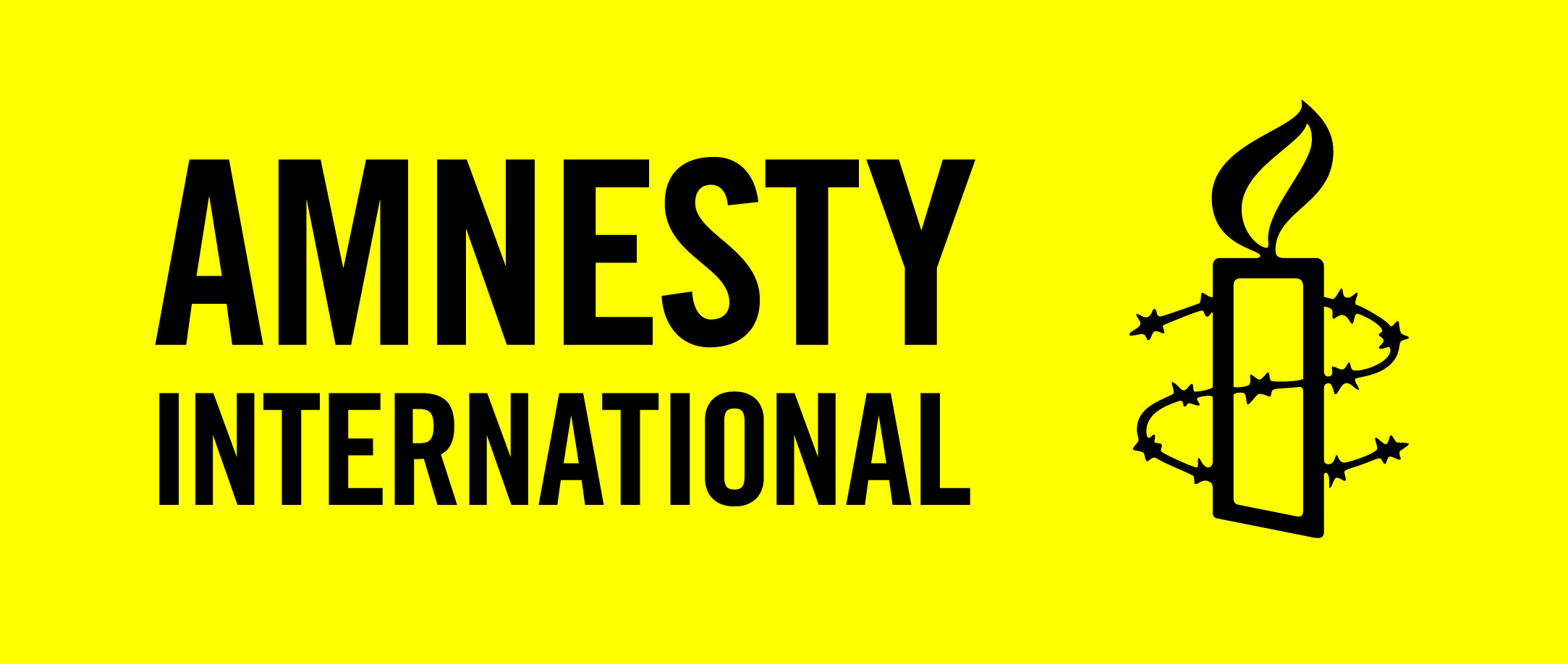
Any other questions?
Contact Humans Like Us or follow these links to find out more.
How do I check if a refugee job applicant is allowed to work?
Refugees generally have the right to work and study in Australia. The exception is that some people who have been found to be refugees, but who have spent time detained in offshore processing facilities, may not.
The conditions on a person’s visa will show if they are allowed to work. You can verify those conditions using the Visa Entitlement Verification Online (VEVO). The service is free and available 24 hours a day, seven days a week.
Many people seeking asylum are issued with photo identification known as an ‘immicard’, a small plastic card not unlike a driver’s licence. A person’s passport or immicard details are needed to request a VEVO check.
Are many refugees of working age? Can they speak enough English to work?
In 2016, of the approximately 215,000 people who had found sanctuary in Australia as a refugee in the 16 years between 2000 and 2016:
· 81% were of working age (15 to 64 years of age) and 15% were children
· 54% were men
· 66% said they spoke English well or very well
· 9% had a Bachelor’s degree or post-graduate qualification.
People who come to Australia as refugees are very diverse. Some have limited work experience. Others were highly experienced professionals in their home countries.
Won’t a refugee worker be a burden? What’s in it for my business?
Forward-thinking recruiters recognise that refugee workers present an opportunity to tap into international talent and employ people who are highly motivated to succeed and contribute their skills and experience. Integrating refugees into the Australian workforce benefits the nation by enabling people to build a new life for themselves and their families. For the country, self-sufficiency brings economic security, validation and feelings of belonging. Refugees contribute as workers, entrepreneurs, consumers, taxpayers, employers, volunteers and investors.
Read about all the reasons hiring refugees can be good for business.
How do I find refugees in Australia who are looking for work?
Contact refugee employment services where you are.
Contact Humans Like Us to connect with like-minded employers and community organisations, to share knowledge and experience.
Who are refugees and asylum seekers?
Under international law, a refugee is an individual who is unable to return to his or her home country due to a well-founded fear of persecution based on race, religion, nationality, political opinion, or social group.
The term asylum seeker describes a person who has applied for protection as a refugee and is waiting for a determination.
How many refugees are there in the world?
According to the UNHCR, there are an estimated 79.5 million people worldwide forced from their homes. Among them there are 26 million people recognised as refugees. They seek protection from the world community from conflict and persecution.
The number of refugees has nearly doubled since 2012, driven by recent conflicts in Syria, Iraq, Yemen, the Democratic Republic of Congo, South Sudan, and people forced to flee Myanmar and Venezuela.
There are more refugees in the world now than at any time since World War II, and they make up 1% of the whole world’s population.
How many refugees are in Australia?
In 2018-19, Australia accepted 18,762 people through the humanitarian program, and plans to maintain a target of 18,750 places each year from 2019-20 and thereafter. Since the year 2000, Australia has resettled over 230,000 refugees.
Which countries are most refugees in Australia from?
The countries of origin of refugees resettling in Australia have mirrored the major conflicts and crises across the world. This means that people who have been refugees come from all over the world, following war, conflict and turmoil in Europe, Central and South America, the Middle East, Asia and Africa. Most recently, the Middle East and South West Asia have been key focus regions due to conflict in Afghanistan, Syria and Iraq.
In the 2 years to 30 June 2019, the top countries of birth for arriving refugees were Iraq, Syria, Myanmar, Democratic Republic of Congo and Afghanistan. More information from the Department of Home Affairs.
Where do most refugees go when they leave their home country?
The majority of refugees live in countries bordering the one from which they fled. Only a tiny fraction of refugees is eligible for resettlement in third countries, such as Australia. These are typically individuals (and their families) that have particular needs or vulnerabilities in their country of asylum and cannot return to their country of origin. These needs may include legal and/or physical protection needs, medical needs, or the lack of a foreseeable alternative durable solution. Vulnerable groups include survivors of violence and/or torture, women and girls at risk, and children and adolescents at risk.
In 2018, only 92,400 refugees were resettled in third countries worldwide.




